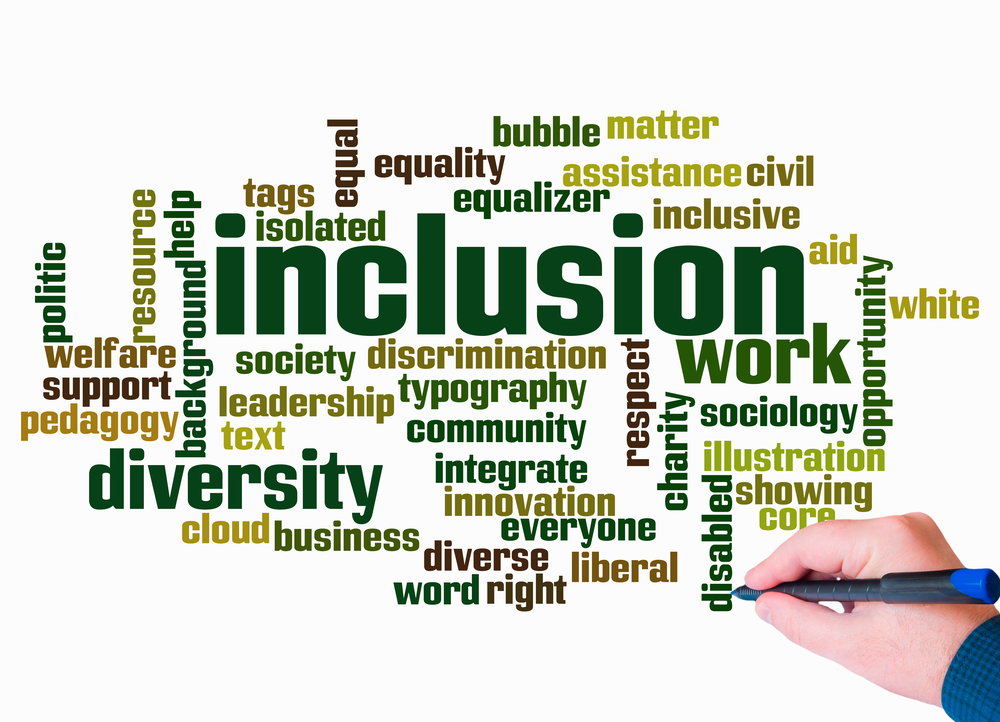Language is a powerful tool that shapes our perceptions, influences our interactions, and molds the world around us. The words we choose have the power to create or dismantle barriers, foster or hinder understanding, and promote or undermine inclusion. When it comes to disability inclusion, the language we use plays a critical role in shaping how we perceive and interact with individuals with disabilities.
Inclusive Language: A Foundation for Inclusion
Inclusive language is a set of communication practices that aim to avoid stereotypes, assumptions, and biases based on a person’s disability. It is about recognizing and respecting the diversity of human experiences and ensuring that our language does not perpetuate harmful attitudes or exclude individuals with disabilities.
Why is Inclusive Language Important?
Using inclusive language is not just about being politically correct; it has a profound impact on the lives of people with disabilities. When we use inclusive language, we
1. Foster Diversity:
Inclusive language allows individuals from diverse backgrounds to feel valued and respected. It acknowledges their unique identities, experiences, and perspectives, thereby promoting diversity within the workplace.
2. Enhance Collaboration:
When people feel included and respected, they are more likely to collaborate effectively. Inclusive language removes barriers and encourages open communication, leading to increased teamwork and innovation.
3. Boost Employee Morale:
By using inclusive language, we create an environment where everyone feels heard and appreciated. This boosts employee morale, engagement, and job satisfaction, resulting in higher productivity and retention rates.
4. Attract and Retain Talent:
In today’s competitive job market, employees seek workplaces that value and celebrate diversity. By using inclusive language in job descriptions, advertisements, and company branding, organizations can attract a wider pool of talent and retain diverse employees.
5. Avoid Stereotyping and Bias:
Inclusive language helps us avoid stereotypes and biases that can inadvertently exclude or marginalize certain groups. We break down harmful myths and misconceptions about disability which encourages us to be mindful of our language choices, promoting fairness and equality.
6. Foster empathy and understanding:
We encourage open dialogue and promote a deeper understanding of the diverse experiences of people with disabilities.
How to Implement Inclusive Language Practices
1. Educate and Raise Awareness:
Provide training and workshops to educate employees about the importance of inclusive language. This will increase awareness and help individuals understand the impact of their words.
2. Review Job Descriptions and Advertisements:
Ensure that job descriptions and advertisements use inclusive language, avoiding gender-specific terms or biased language. Focus on skills and qualifications rather than assumptions based on gender or other factors.
3. Encourage Pronoun Inclusion:
Allow individuals to include their preferred pronouns in email signatures, intranet profiles, and other communication platforms. This normalizes the practice and supports transgender and non-binary individuals.
4. Be Open to Feedback:
Create a culture where individuals feel comfortable providing feedback on language usage. Encourage open discussions and address concerns promptly to foster an environment of continual improvement.
5. Lead by Example:
As leaders, it’s crucial to lead by example and use inclusive language consistently. This sets the tone for the organization and empowers others to follow suit.
Adopting Inclusive Language Practices
Adopting inclusive language practices is an ongoing journey of learning and growth. It requires us to be mindful of our word choice, challenge our own biases, and stay informed about the evolving landscape of disability language. Here are some key principles to consider when using inclusive language:
1. Use person-first language:
Always place the person before the disability, emphasizing their individuality and not defining them solely by their impairment. For example, say “person with a disability” instead of “disabled person.”
2. Avoid generalizations and stereotypes:
Avoid using language that perpetuates stereotypes about disability. For example, instead of saying “blind people can’t see,” say “People with visual impairments may need assistance with seeing.”
3. Be mindful of labels:
Use labels only when they are relevant and self-identified. Avoid using labels in a patronizing or demeaning way.
4. Ask for preferences:
If you are unsure about how to refer to someone, ask them directly. Most people are happy to share their preferences.
Conclusion
Inclusive language is a cornerstone of creating a more inclusive world for people with disabilities. By using language that is respectful, accurate, and empowering, we can break down barriers, foster understanding, and create a society where everyone feels valued and included. Let’s consciously adopt inclusive language practices in our everyday conversations, professional interactions, and written communication. Together, we can create a more inclusive and equitable world for all.

